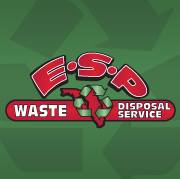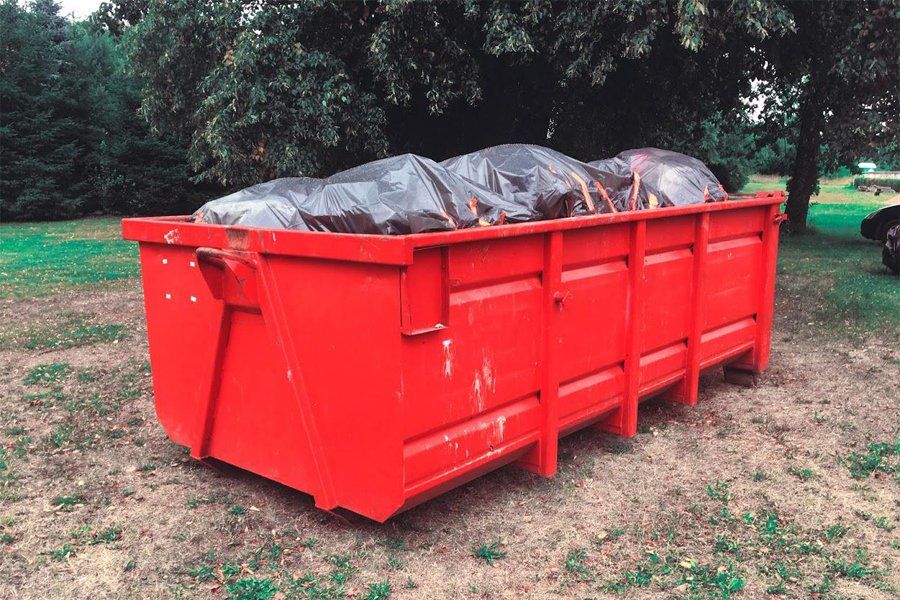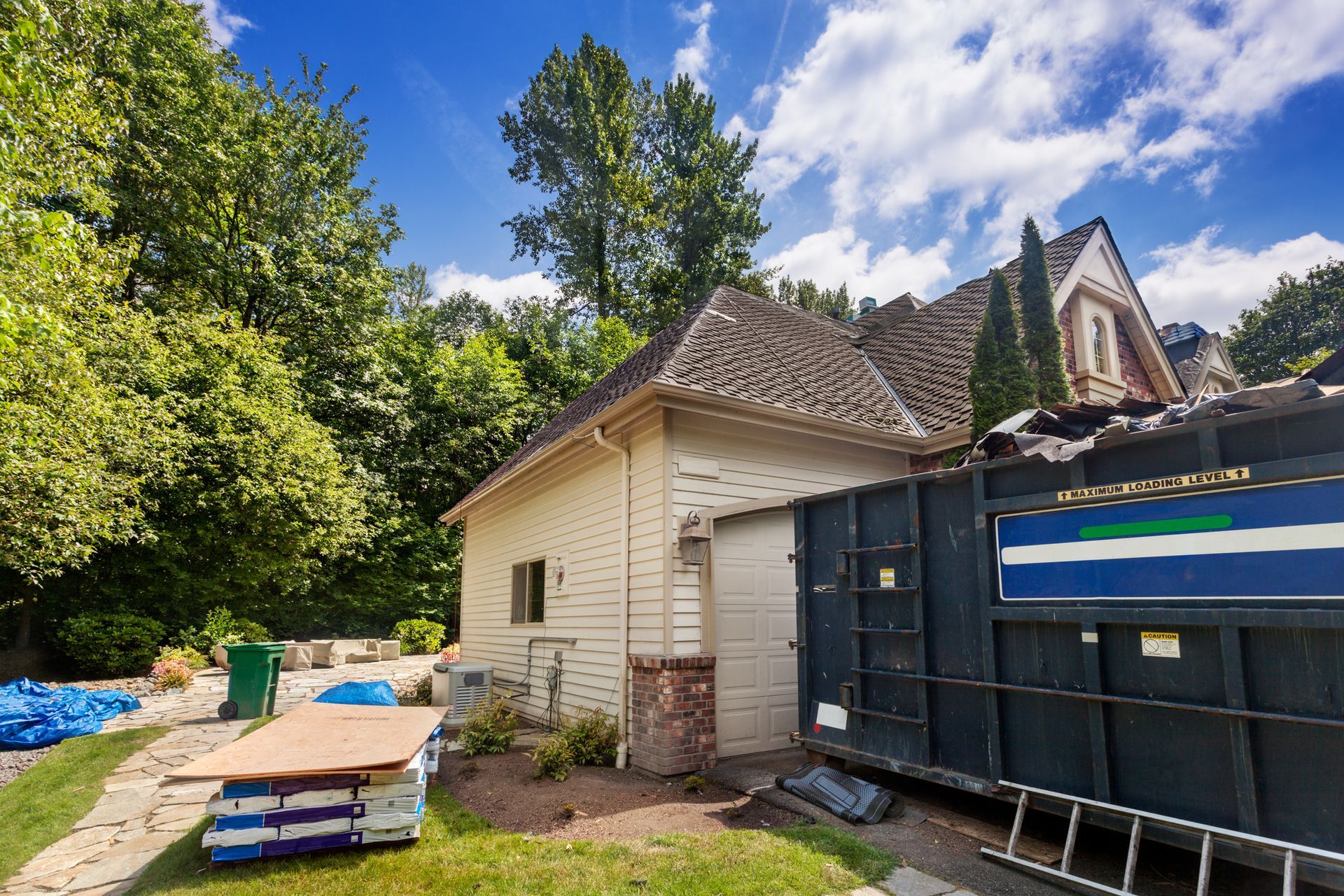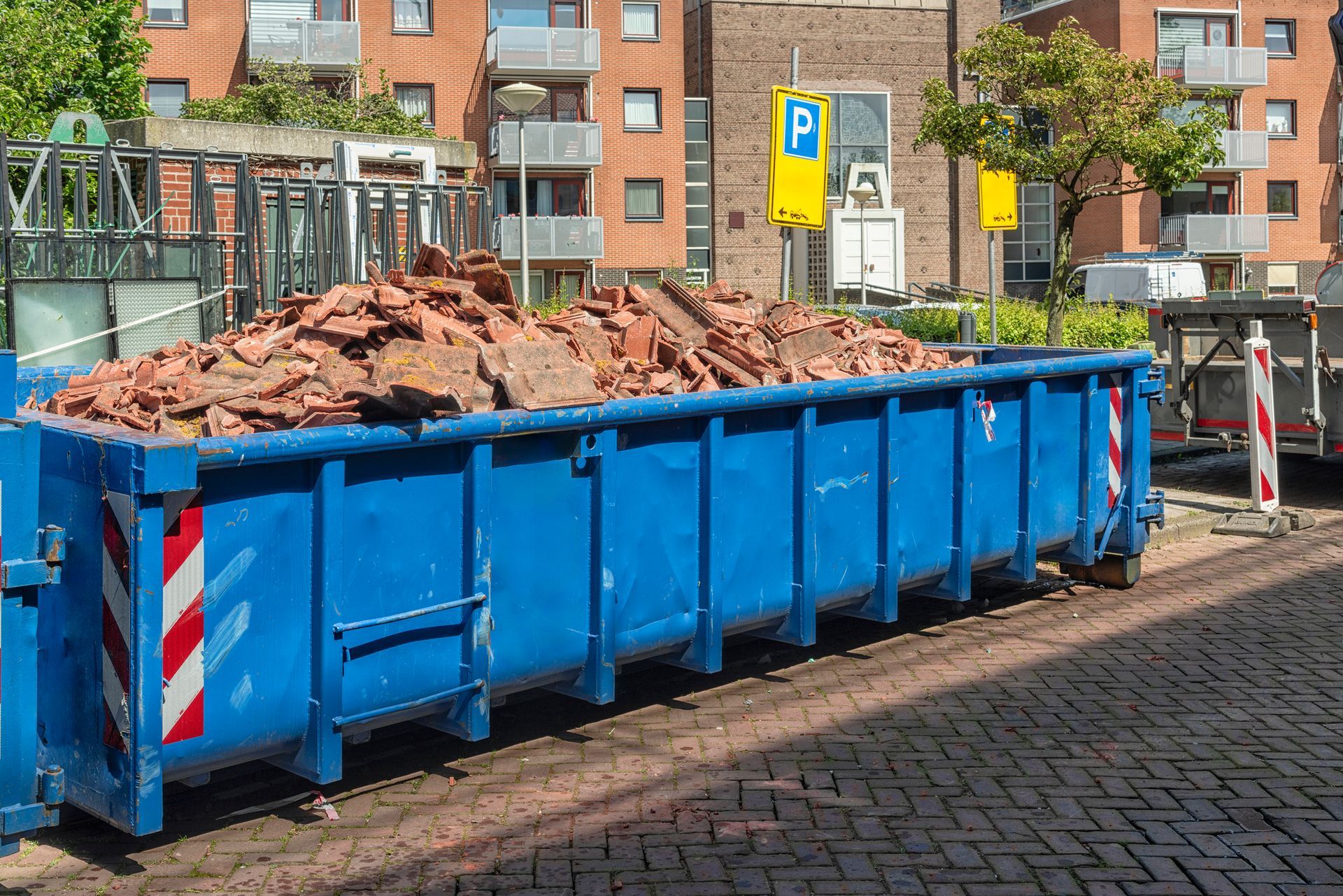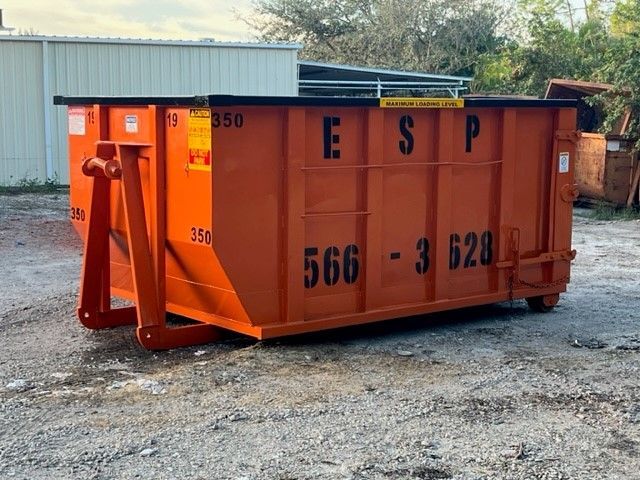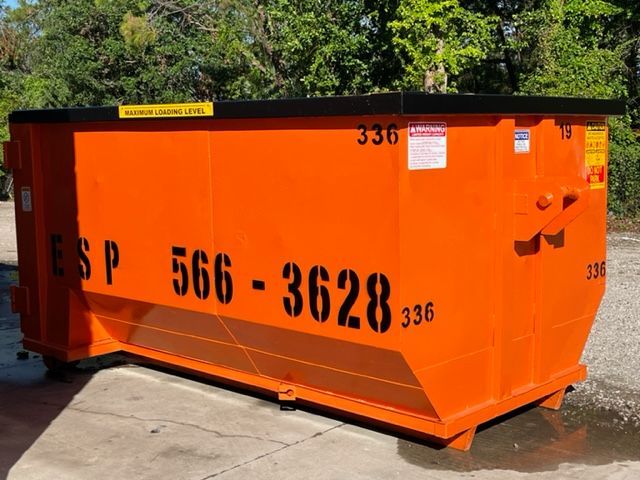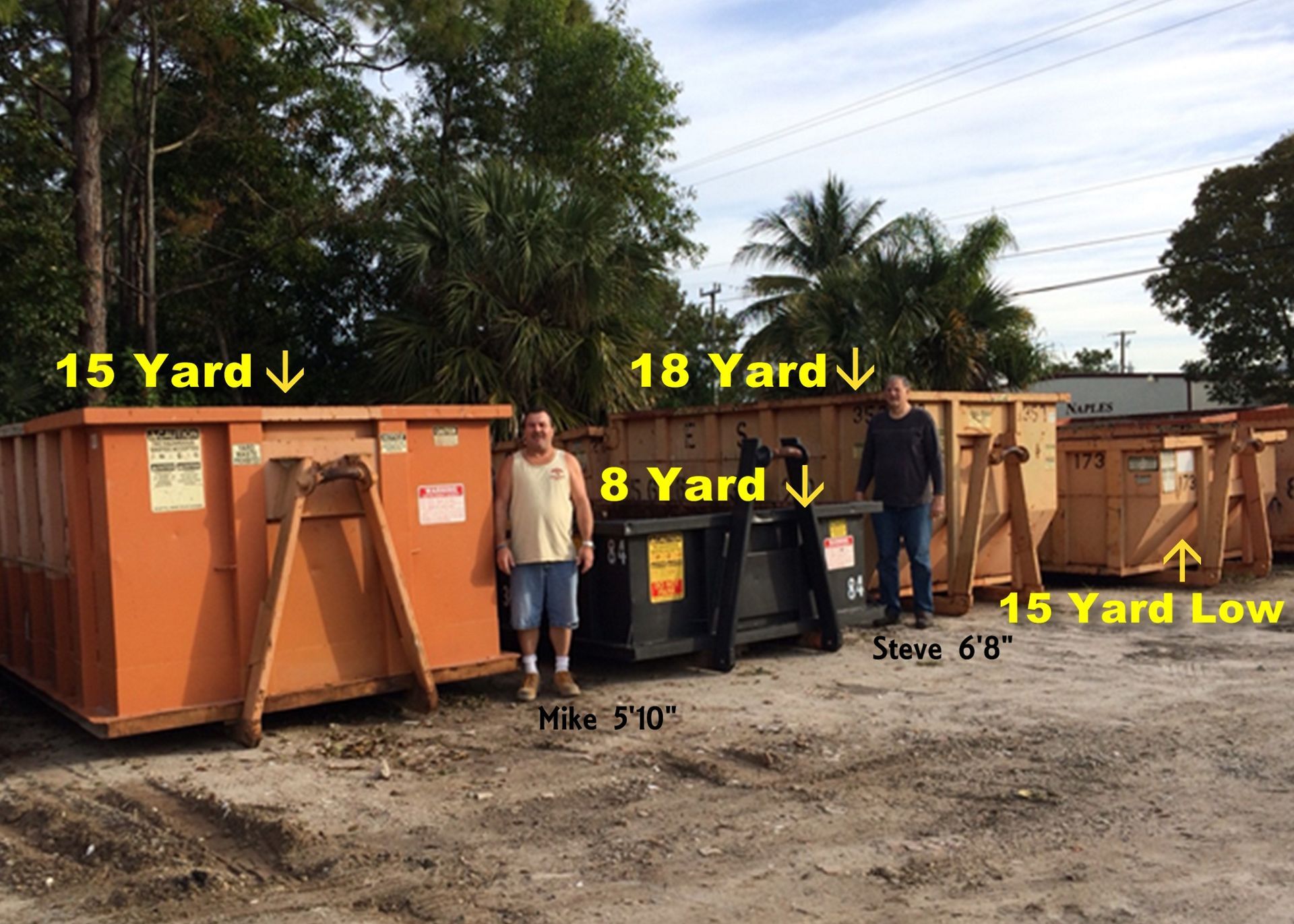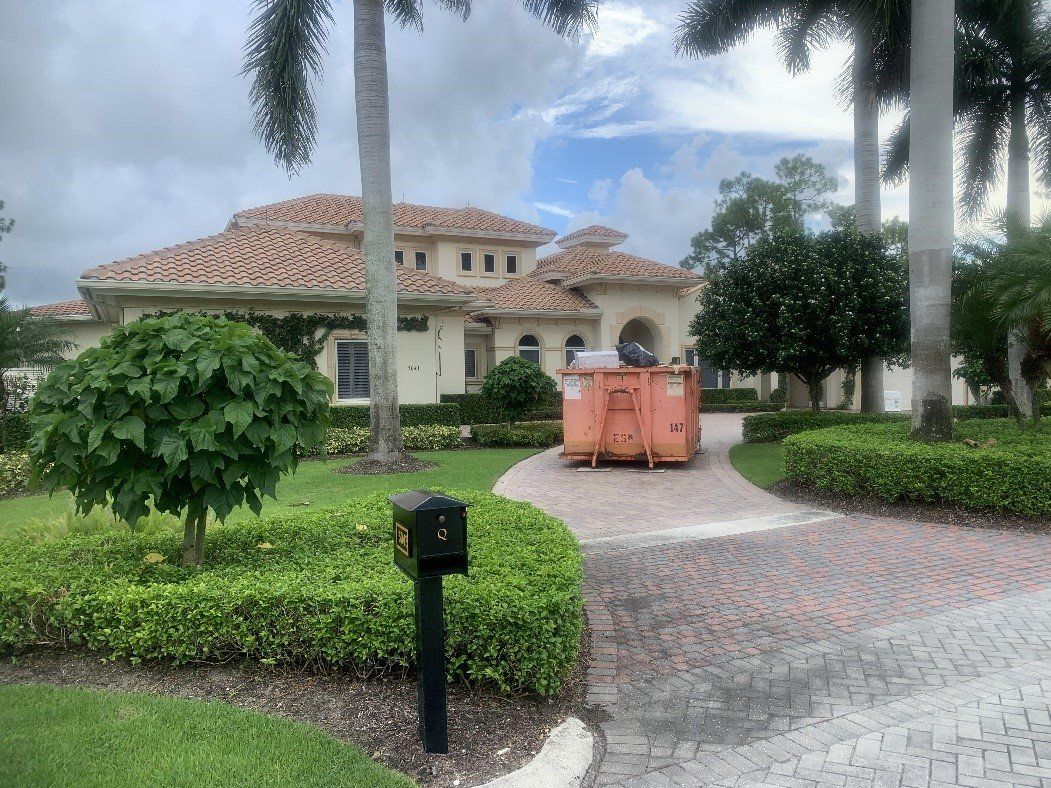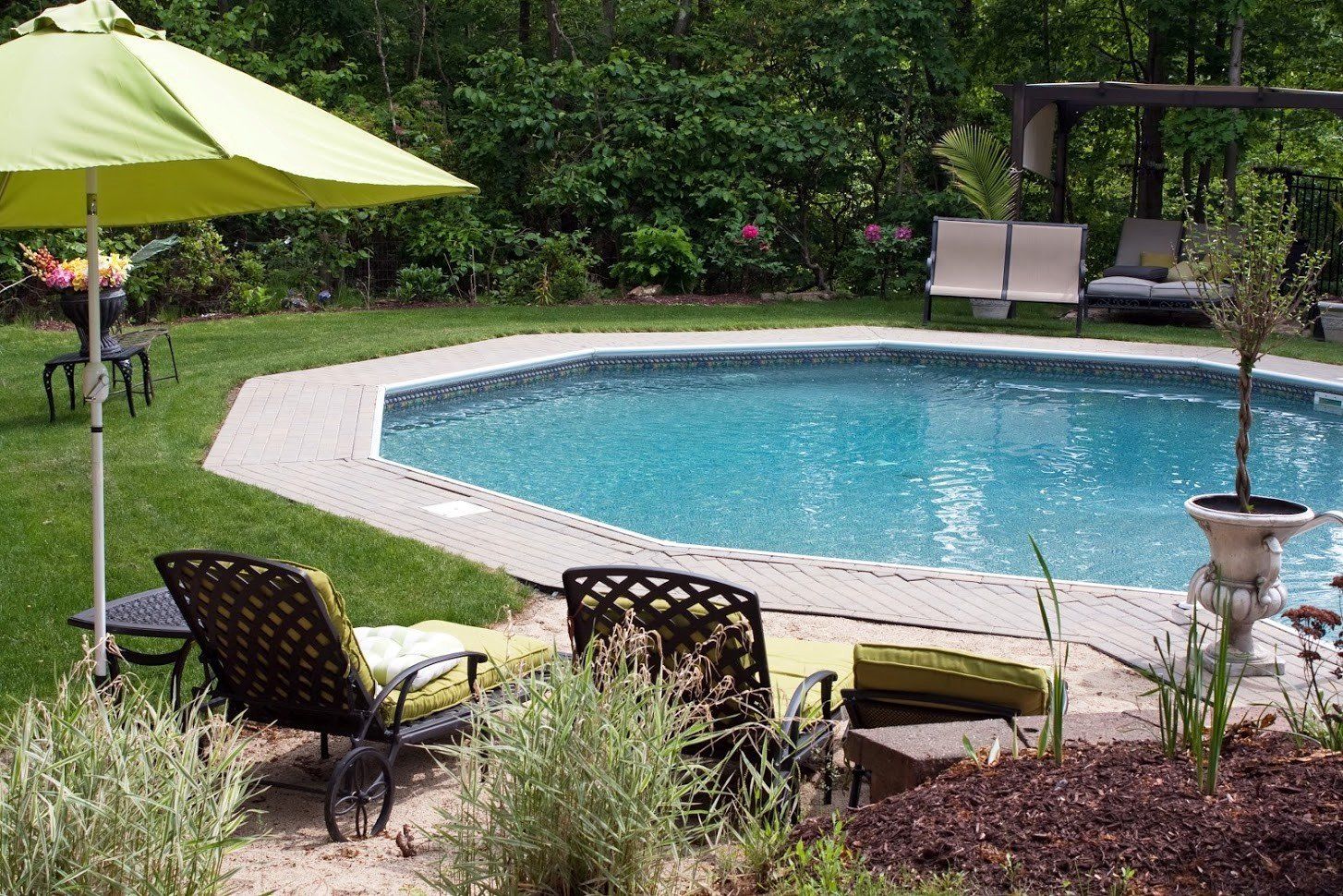Differences Between Clean-Fill and Traditional Dumpster Rentals
Admin • January 6, 2020
As you plan out any type of construction, you will need a way to remove debris and garbage from the construction site. One of the easiest ways to clear out construction debris is with an on-site dumpster rental.
Dumpsters located directly at the site are easy to access, and you can choose from multiple sizes available depending on your project needs. One dumpster rental option is a clean-fill dumpster. Learn about some of the main differences between a clean-fill dumpster and a traditional dumpster rental.
Flat-Rate Prices
One of the main differences between a clean-fill dumpster and a traditional dumpster is the flat-rate price. A traditional dumpster typically relies on the weight of the debris for the final costs, but with a clean-fill dumpster, you will pay a flat-rate fee no matter how much the material weighs.
For a construction site dealing with heavy shingles, stone, or brick, the flat-rate price may help save a lot of money in the long run. If the dumpster fills, you have the ability to empty out the dumpster and get a new one for an additional flat fee. You can repeat this process multiple times throughout your whole construction project.
Construction Clean-Up
The main purpose of the clean-fill dumpster is for construction projects. Whether you’re tearing down a structure, flipping a home, or replacing the roof, the items allowed in the dumpster must be construction by-products.
The reason for this is for the re-purpose of the products. Many of the older construction materials may be recycled and reused in new construction products. For example, concrete often gets cleaned and repurposed for a number of different projects and eco-friendly products.
Unauthorized Debris
Clean-fill dumpsters have some restrictions on the kind of debris you can put in them. The point of these restrictions is to make the processing easy. If there is any unauthorized debris placed into the dumpster, you may be charged for the weight of the items on top of the flat-rate fee.
Examples of unauthorized debris include regular household garbage, any type of wood, or large pallets. While the items may be OK in a traditional dumpster, they are not allowed in a clean-fill dumpster.
Keep a list of banned items attached to the dumpster so none of the workers fill the dumpster with trash that is not allowed. For example, there may be everyday garbage on the construction site like work lunches. Workers should not toss bottles, food wrappers, or other food garbage into the dumpster.
Any piece of extra garbage could result in extra charges. There are also a number of items not allowed in a majority of dumpster rentals, including clean-fill rentals. Examples of the items include tires and mattresses. Alternate methods must be used to dispose of the items.
Fill Limits
When you go to rent a clean-fill dumpster, the dumpster may be filled as much as you need, but you cannot overfill the dumpster. None of the debris in the dumpster should past the top line of the dumpster.
If you overfill the dumpster, you could be charged extra. When you first receive the dumpster, try to plan out an organized way to fill the dumpster with the debris so everything remains organized and you get the most out of the space available. Lay large items flat down on the bottom of the dumpster to save space.
As an alternative, you may want to break down larger items into smaller pieces so everything fits nicely within the dumpster. When you are able to fit more debris in, you will save money on the costs of extra dumpster rentals and have the ability to reduce your construction budget.
Set up your clean-fill dumpster rental with us at ESP Waste Disposal Service. We have multiple sizes available will deliver the dumpster straight to your construction site.
